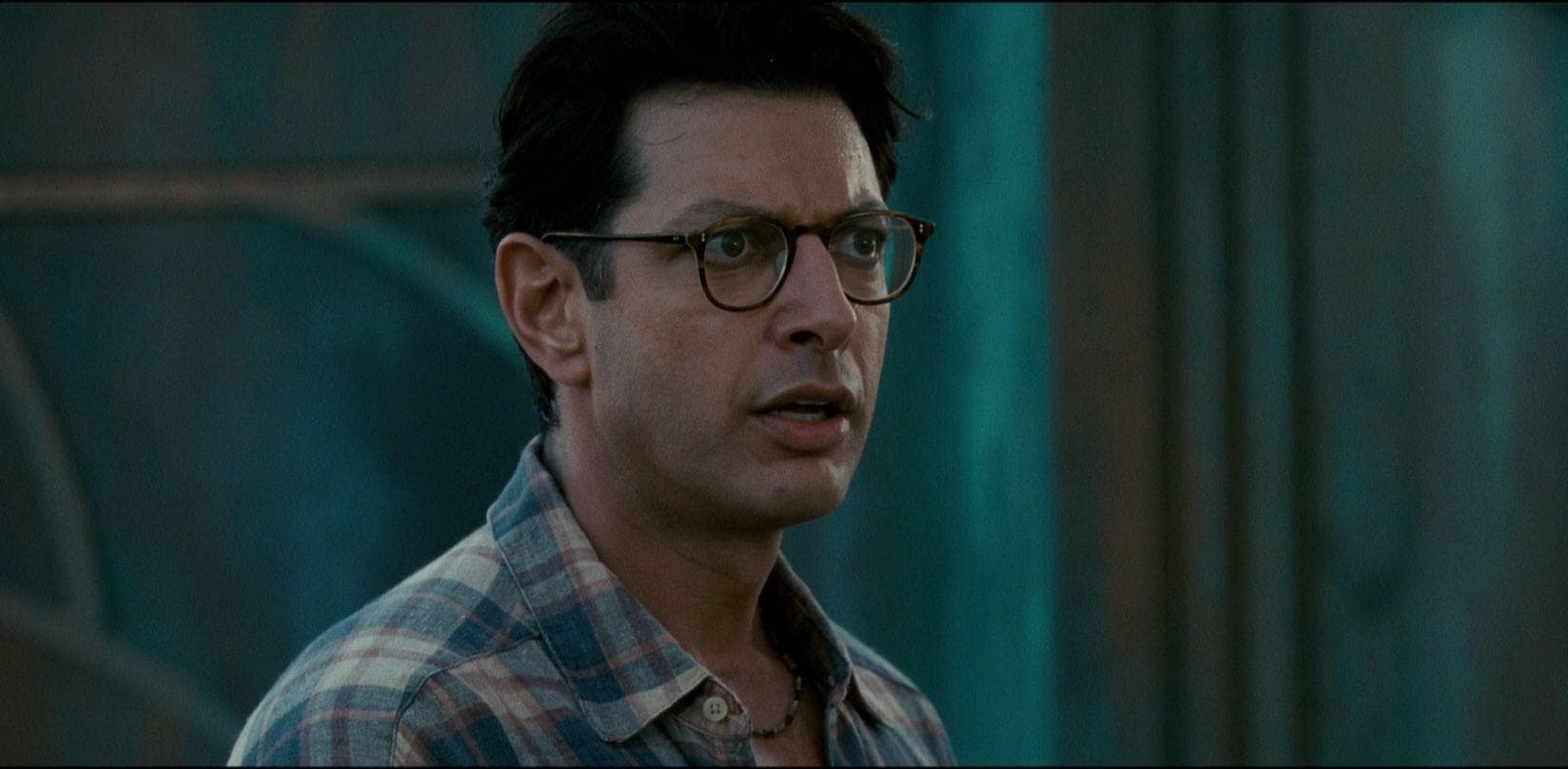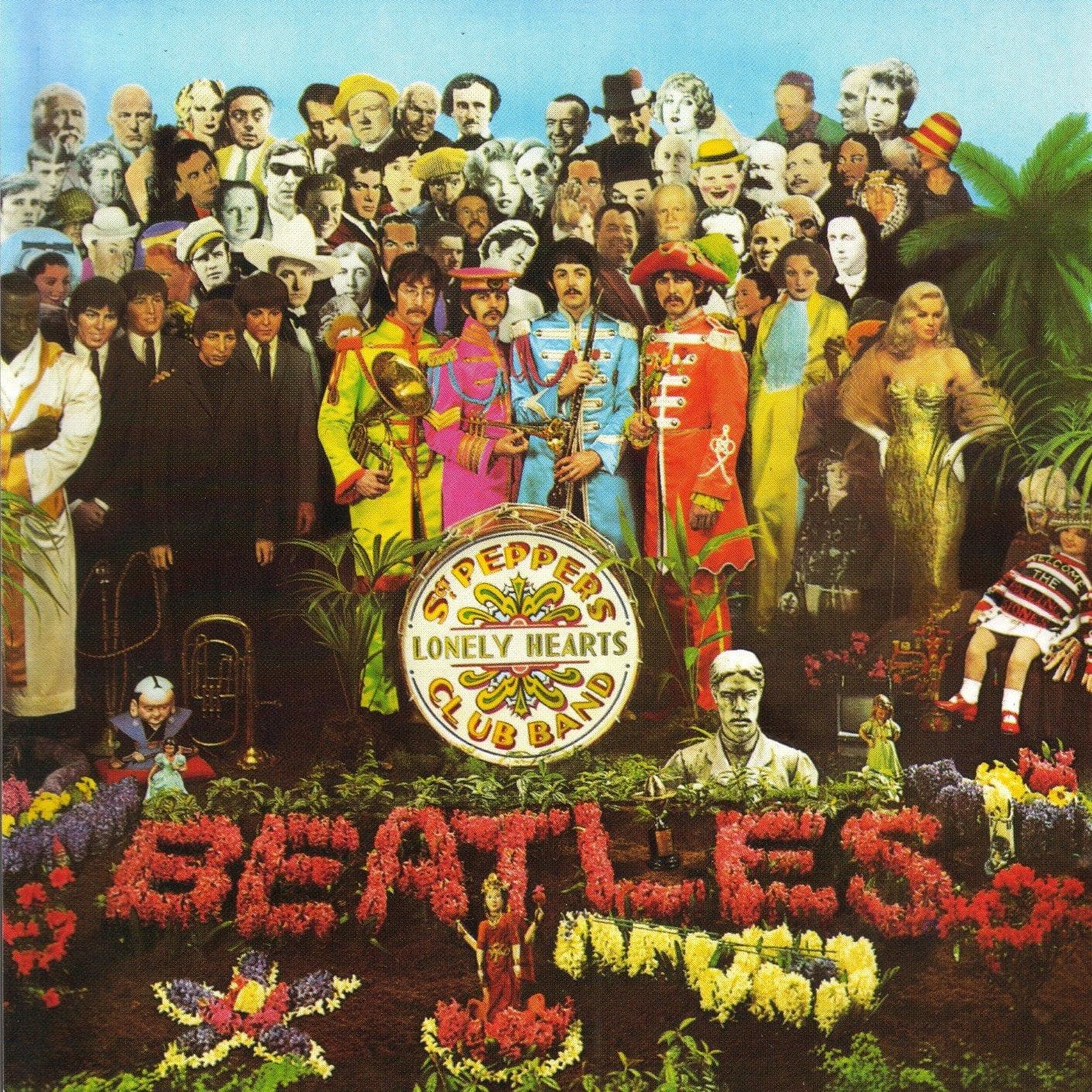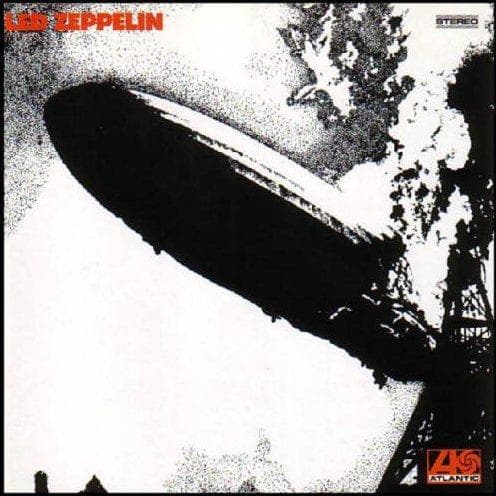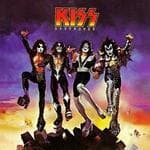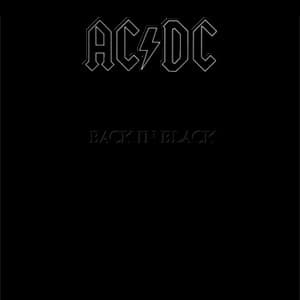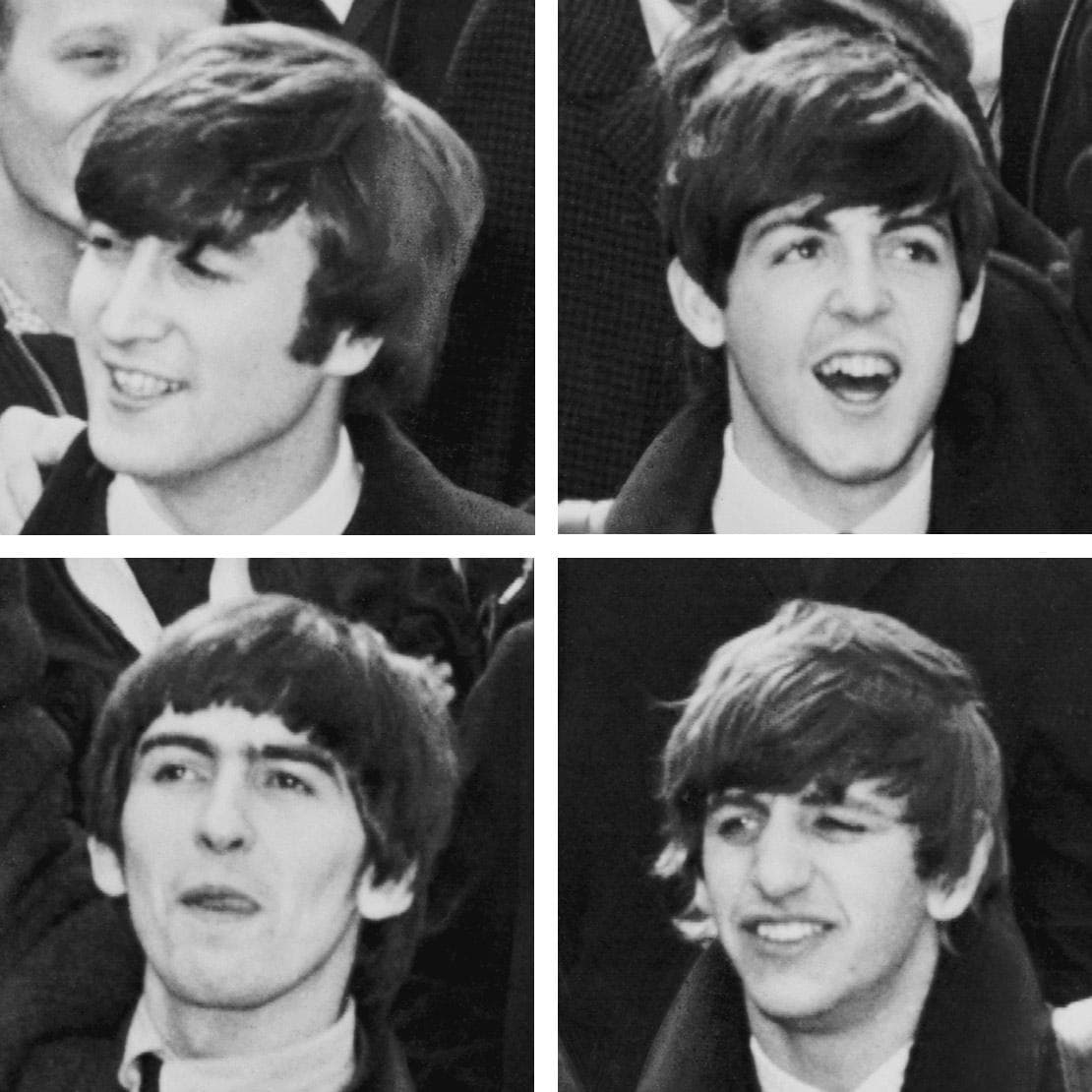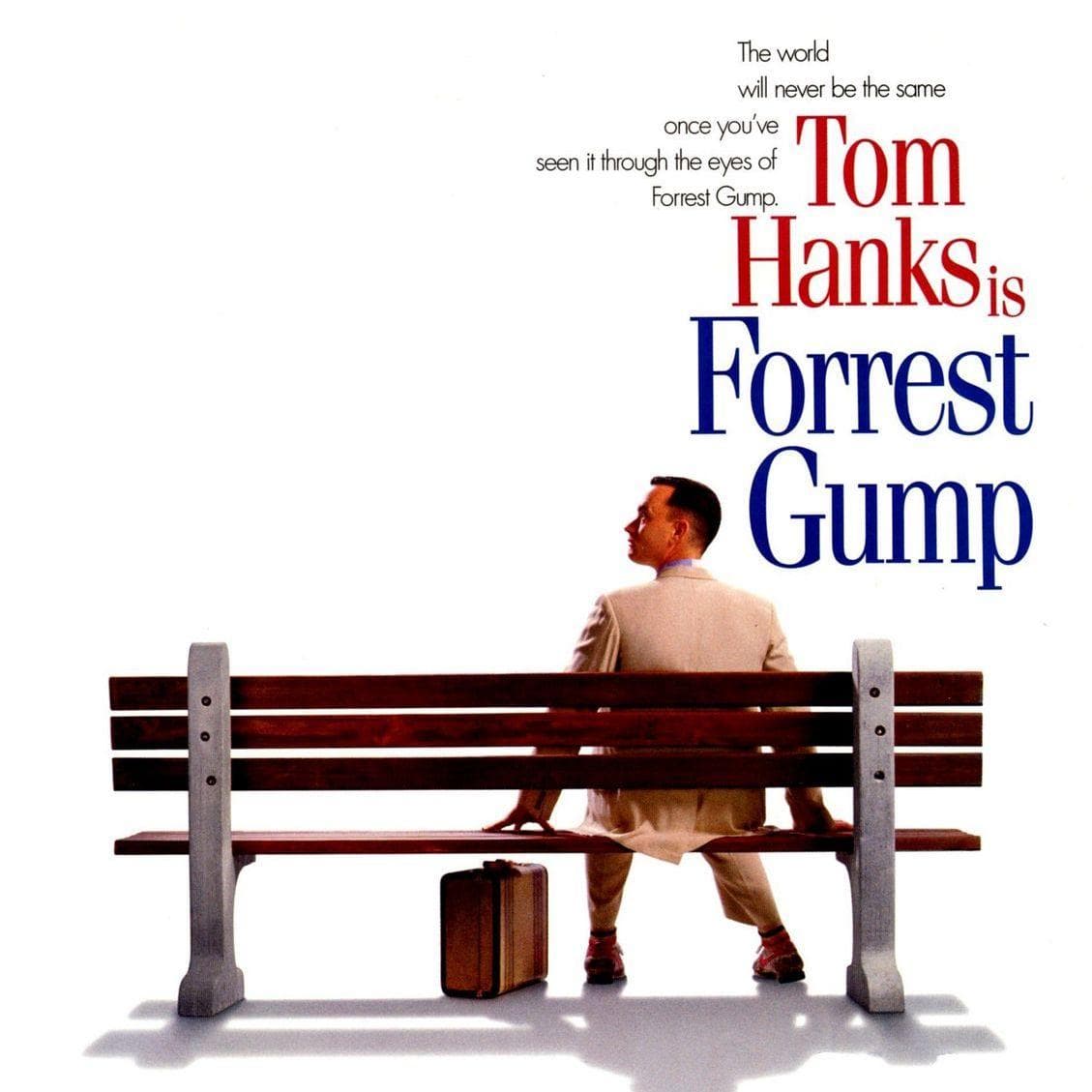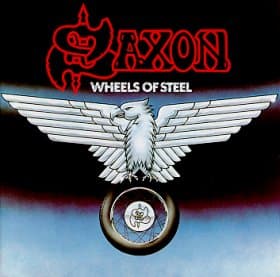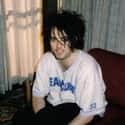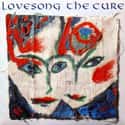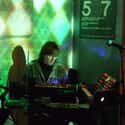-

(#5) Smith Said He Intentionally Wanted 'Disintegration' To Be Depressing
The tone and title for the album were clear to Smith before they even began rehearsing it. The majority of the albums released in the 1980s were upbeat (at least by the standards of goth music) and Smith wanted to hone in on the more disturbed and depressing aspects of life. He chose Disintegration as the title, and formed the entire concept around that name because he wanted to "convey an actual feeling of disintegration."
The addition of "Lovesong" softened the blow somewhat, but still arguably contributed to the wider concept of “disintegrating” in love and in obsession.
-
(#2) Smith's Own Depression And Substance Abuse Fueled The Songwriting
The band as a whole spent much of the 1980s indulging in drinking and heavy drug use. It was a coping mechanism for the unexpected skyrocket to fame, mixed with a tremendous workload in the case of Smith, who was also playing for Siouxsie and the Banshees.
By 1989, everyone was tired of the rollercoaster and ready to focus on the task at hand. Smith took it one step further and used the album as a way to think about his experiences with substance abuse in retrospect. "Lullaby" was an especially notable example, a romantic and unnervingly sensual song about hallucinations, paralyzing fear, and being eaten by a spider.
While looking back on the horrors and intrigue of his past hallucinogen use, Smith also reflects upon mental health, both his own and as a general concept. Loss of control and mental fragility have always been common themes in his music, but they're taken to an extreme on Disintegration.
Smith’s personal friend and video director Tim Pope voiced strong admiration for his colleague:
There's like this private joke between me an' [Smith]. It's like I'm always torturin' 'im an' 'e 'ates me! But The Cure is the ultimate band for a filmmaker to work with because old [Smith] really understands the camera. His songs are so cinematic. I mean on one level there's this stupidity and humour, right, but beneath that there are all [Smith’s] psychological obsessions and claustrophobia.
-
(#10) The Rest Of The Band Disliked "Lovesong," But Smith Felt It Was Essential To The Album
Everyone but Smith disliked "Lovesong" while they were recording it. It didn't fit in with the other songs, it harked back to the more pop-forward music of the previous two albums, and lacked the edge that defined Disintegration. Fortunately, Smith stood by what would become the record's most popular single.
It was especially beloved for its simplicity and heartfelt message, offering an opposite-but-equal emotional counterpoint to the album's otherwise depressive vibe. The song was dedicated to his long-time lover, Mary Poole, whom he had dated his entire adult life. The pair married soon before Disintegration was released.
-
(#6) Smith Wanted To Get Away From The Band's Pop Success
While there were fears that the depressing album could be a career ender for the hot up-and-coming band, bandmembers were confident in their vision for Disintegration. The shift in tone was directed at American audiences, who were largely responsible for the band's reputation as pop-friendly goth music.
Smith felt that songs like "Why Can't I Be You?" and "Hot Hot Hot" were too easy to make and too accessible, and he sought to challenge the institutions that had put them on such a limiting pop pedestal. This was also a calculated move to avoid being interviewed by Star Hits and other publications that the band found to be vapid.
-

(#8) Smith Would Hardly Talk To Anyone While Making The Album
To further distance himself from all of the fun everyone else was having, Smith did not interact with his bandmates for the majority of the recording sessions. Taking on a particular persona to match the energy of an upcoming album is the musician’s form of method acting, and Smith is a notorious showman.
In Never Enough: The Story of The Cure, Smith explains his process:
I would be monk-like and not talk to anyone. It was a bit pretentious really, looking back, but I actually wanted an environment that was slightly unpleasant.
-
(#4) Keyboardist Roger O'Donnell Said The Recording Process Was Fun And 'Jokey'
As depressing as it is to listen to Disintegration, the process of making it wasn't such a downer. Cure keyboardist Roger O'Donnell savors the memory of the recording process:
I remember very clearly laughing and joking and fooling around in the control room while Robert was singing "Disintegration" and then all of us trying to be serious when he came in to listen back. I don’t know how he put up with it really. It was never a serious atmosphere in the studio and when you think about the album and how dark it is, I’m sure people think we were sitting around slitting our wrists with candles and chains hanging from the walls.
New Random Displays Display All By Ranking
About This Tool
The Cure released the hit album "Disintegration" in 1989, which was the 8th album. "Disintegration" is also the second part of Robert Smith's "Trilogy of Tragedy", the first is "Pornography" and the third is "Bloodflowers". This album is dark and seductive, with mysterious and melancholic feelings. The whole album is like a slow lullaby, without the previous dark and desperate style, although the keynote of the album is more melancholic than before.
The album marked the band's return to the gloomy gothic rock style of the 1980s. The music of The Cure has become fascinating. Here the random tool explained 11 behind-the-scenes facts about the production of this legendary album.
Our data comes from Ranker, If you want to participate in the ranking of items displayed on this page, please click here.

